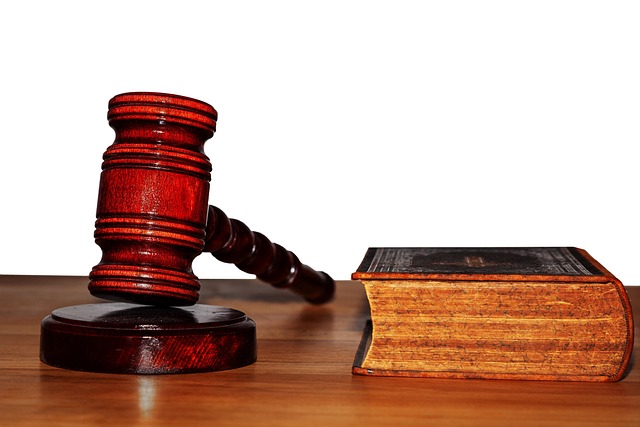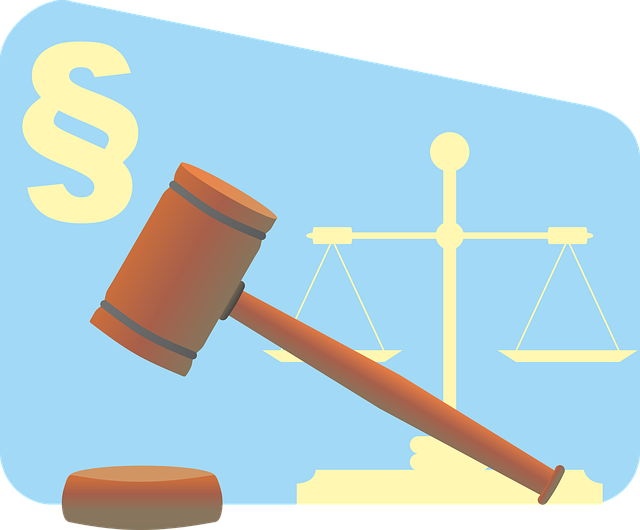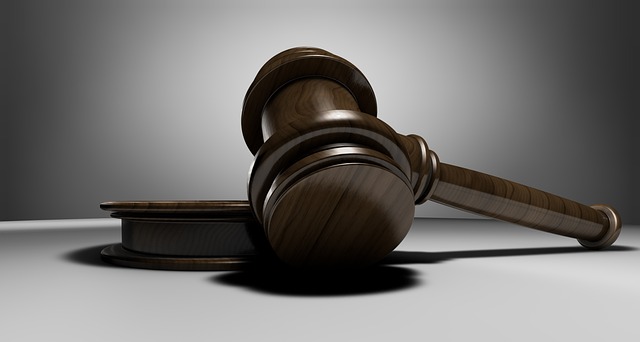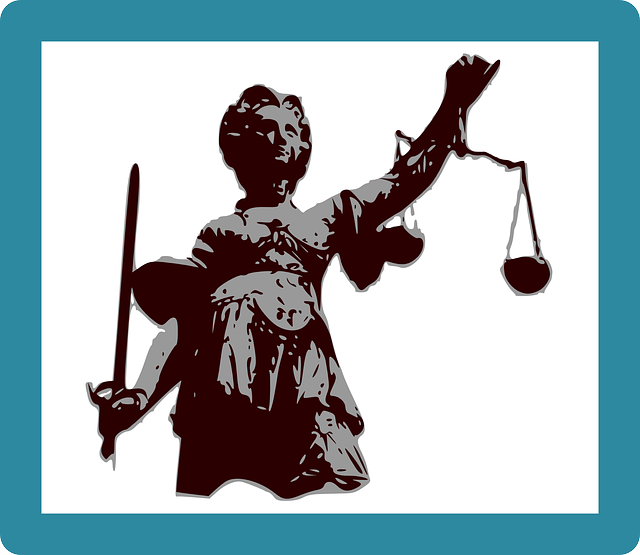The text explores the distinct legal frameworks for civil vs. criminal public corruption cases, focusing on the crucial difference in burdens of proof: 'preponderance of evidence' in civil versus 'beyond a reasonable doubt' in criminal. This dichotomy profoundly affects defense strategies, with implications for individuals and organizations facing charges. Understanding these nuances is essential to navigate the complex procedures and protect rights in high-stakes public corruption litigation.
Public corruption charges are a complex web that demands scrutiny. This article delves into the intricate dynamics of understanding public corruption allegations, exploring the contrasting legal perspectives through civil vs. criminal lenses. We dissect defining elements of proof in civil cases versus the heightened standards and consequences of criminal prosecution. By comparing the burden of proof in both domains, we uncover crucial differences, offering a comprehensive foundation for navigating this critical issue.
- Understanding Public Corruption Charges: A Foundation for Discussion
- The Civil vs Criminal Perspective: Unraveling the Legal Landscape
- Defining Elements of Proof in Civil Cases
- Criminal Prosecution: Higher Standards and Consequences
- Comparational Analysis: Weighing Burden of Proof in Both Domains
Understanding Public Corruption Charges: A Foundation for Discussion

Public Corruption charges are a complex web of legal and ethical considerations. To grasp the essence of these accusations, it’s imperative to differentiate between civil and criminal burdens of proof. While both types of cases aim to uncover truth and ensure accountability, they operate under distinct standards. In civil litigation, the burden lies on proving a claim by a preponderance of evidence, meaning a judge or jury must find it more likely than not that corruption occurred. This standard is lower compared to criminal cases where prosecutors must convince the jury beyond a reasonable doubt—a far stricter threshold.
Understanding this difference is crucial as it shapes strategies for those facing charges. In the realm of white-collar and economic crimes, achieving extraordinary results often hinges on legal nuances. A general criminal defense strategy might not be sufficient; specialized knowledge is required to navigate the intricacies of public corruption cases. This includes examining procedural aspects, investigating jurisdictional issues, and understanding the specific elements that constitute corruption in different contexts. Knowing these fundamentals empowers individuals and organizations to protect their rights and ensure fairness in what can be a complex and challenging process.
The Civil vs Criminal Perspective: Unraveling the Legal Landscape

The legal landscape surrounding public corruption charges is complex, with distinct differences between civil and criminal proceedings. While both avenues aim to address wrongdoings, they operate under unique principles and standards. The primary distinction lies in the burden of proof. In criminal cases, the prosecution must convince a jury beyond a reasonable doubt that the defendant committed the offense. This standard is stringent, requiring compelling evidence and leaving little room for uncertainty. On the other hand, civil lawsuits focus on demonstrating a higher likelihood of truth—a preponderance of evidence—to establish liability.
This difference significantly impacts strategies employed by white-collar defense attorneys. In criminal cases, the goal is often to create reasonable doubt, which can be achieved through questioning evidence and witness credibility. For his clients facing public corruption charges, a skilled defense lawyer may employ tactics such as revealing procedural errors or challenging the admissibility of evidence. In contrast, civil proceedings might require a more direct approach to disprove allegations, focusing on factual discrepancies and the lack of conclusive proof. Thus, understanding these differences between civil and criminal burden of proof is pivotal in crafting effective strategies for winning challenging defense verdicts.
Defining Elements of Proof in Civil Cases

In civil cases involving public corruption charges, establishing guilt differs significantly from criminal proceedings. While both types of cases aim to uncover truth and provide justice, the differences between civil and criminal burden of proof are pivotal. In criminal cases, the prosecution must prove every element of a crime beyond a reasonable doubt, setting a high bar for conviction. Conversely, in civil cases, the plaintiff bears the burden of proving their claims by a preponderance of evidence, which means they must show that it’s more likely than not that the defendant is liable.
This distinction is crucial, especially in high-stakes cases where the stakes for individuals and philanthropic and political communities can be immense. Jury trials in civil corruption cases often require a nuanced understanding of factual evidence, expert testimony, and even circumstantial proof to build a compelling case. The focus shifts from proving a criminal act to demonstrating harm caused by corrupt behavior, making it essential to present clear connections between actions and their adverse effects on public interest.
Criminal Prosecution: Higher Standards and Consequences

In public corruption cases, the criminal prosecution faces distinct challenges compared to civil litigation. The key difference lies in the burden of proof. While civil cases often require a higher degree of certainty, criminal prosecutions demand an even stronger standard—proving guilt beyond a reasonable doubt. This stringent requirement is essential to safeguard individuals from wrongful convictions and ensure fairness within the justice system.
The consequences of successful public corruption charges are typically more severe than in civil cases. They can lead to significant penalties, including imprisonment, hefty fines, and forfeiture of assets. Moreover, these cases often have far-reaching implications for the respective business, philanthropic, and political communities, underscoring the importance of robust legal defenses for those accused, especially when navigating the intricate web of general criminal defense strategies.
Comparational Analysis: Weighing Burden of Proof in Both Domains

In public corruption cases, understanding the nuances of the burden of proof is essential, as it significantly differs between civil and criminal domains. While both require substantial evidence to establish guilt, the standards vary greatly. In criminal proceedings, the burden lies on the prosecution to prove every element of the crime ‘beyond a reasonable doubt’. This means the jury or judge must be convinced to a near-certain level that the accused is guilty. Conversely, in civil lawsuits, the standard is lower; the plaintiff needs to demonstrate their claims are more likely than not true.
This distinction is crucial throughout the investigative and enforcement process, affecting how evidence is gathered, presented, and interpreted. In terms of corporate and individual clients, this disparity can impact strategies for avoiding indictment or legal repercussions. The civil burden allows for a broader range of interpretations, which may provide some protection to corporate entities, while the criminal burden demands a more stringent level of proof, focusing on personal intent and actions, with potential consequences for both individuals and organizations alike.
Public corruption, a pervasive issue, demands a nuanced understanding of legal frameworks. This article has explored the contrasting approaches in civil and criminal prosecutions, highlighting the distinct burdens of proof. While civil cases focus on a preponderance of evidence, criminal proceedings mandate higher standards, reflecting the severity of public corruption’s impact. By comparing these differences, we can better navigate the complexities involved, ensuring justice and accountability in public affairs.






